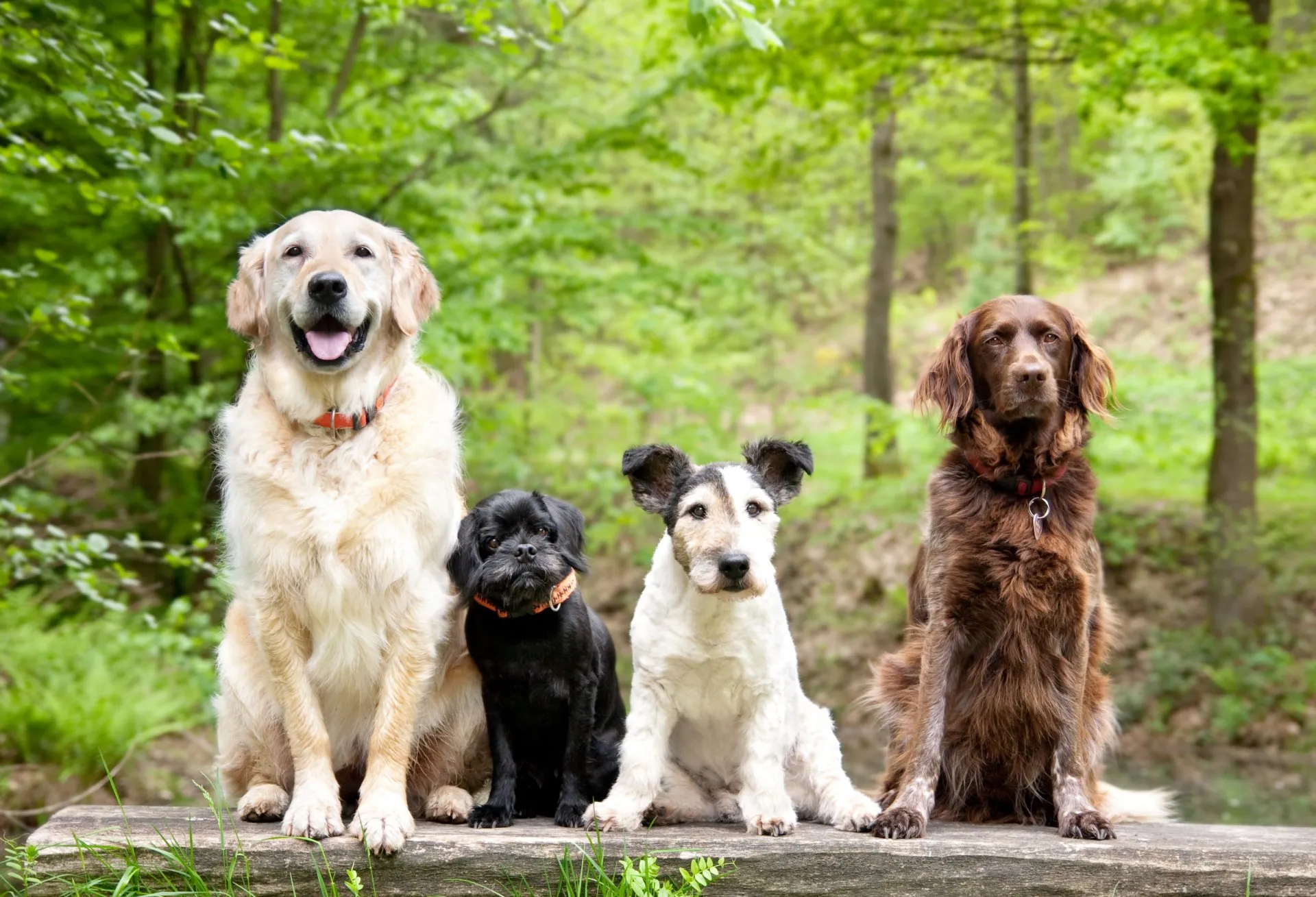Is your dog perfectly well-behaved when he’s at home, but a handful on the leash? Does he strain at the leash and lunge at other dogs? If so, your pup may be displaying leash aggression. Leash aggression can not only be embarrassing for you, it can be potentially dangerous for your dog, other animals, or even people. Even if your dog is tiny, he could provoke an unpleasant reaction by acting aggressive towards other dogs. Read on for more tips from your vet West Greenwich on leash aggression.
Causes
There are a few different reasons your dog could be displaying signs of leash aggression. He may not have been properly socialized as a puppy. He could possibly have had a negative experience with other dogs in the past, and may be reacting because of that. Being on a leash also affects the way dogs approach one another. Off-leash, dogs will often approach each other slowly, and may circle around each other before making contact. When on a leash, dogs often end up approaching one another directly, which, in doggy language, is sometimes a sign of aggression in and of itself. On the other end of the spectrum, your furry pal may just want to play with the other pup. Even so, his behavior should be addressed, as it’s still bad manners.
What To Do
There are some things you can do to help keep Fido in line when he starts straining at the leash. If your dog is small, you can of course simply pick him or her up and move in a different direction. For larger dogs, a head halter may be helpful. If your canine buddy is stronger than you are, and can haul you along with him, you’ll need to address his leash aggression through training.
Training
Training your pooch proper leash etiquette may take a bit of time, or it could go more quickly than you think. Either way, you’ll want to keep working with Fido on each walk, so consider each stroll to be a training session. Keep walks short, even if it means more frequent walking while ‘school’ is in session. There are a few different techniques you can use as far as training your dog to walk at your pace and not pull. Do a bit of research, or ask your vet, to determine which one is best for you. Positive reinforcement is always a better option than negative reinforcement, as punishing dogs can often backfire and confuse or frighten them. Instead, use treats as rewards for good behavior. For more comprehensive information on dog training, check out our article on February Is Dog Training Education Month, which offers additional tips and resources.
To read more articles on dog care and behavior from your vet clinic West Greenwich, please click here. If you need professional help with your dog’s leash aggression or any other behavioral issues, don’t hesitate to reach out to us. Our Veterinary Services include behavioral consultations to help address a wide range of canine behavioral concerns.




!Social Media Icons